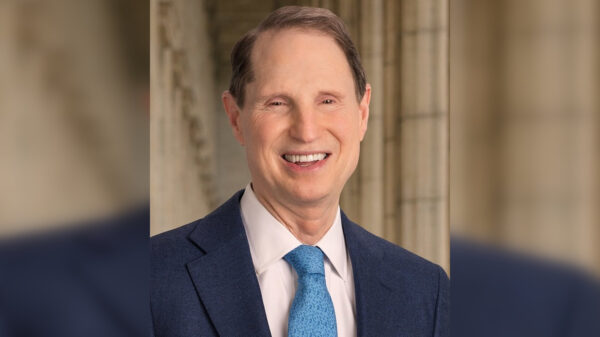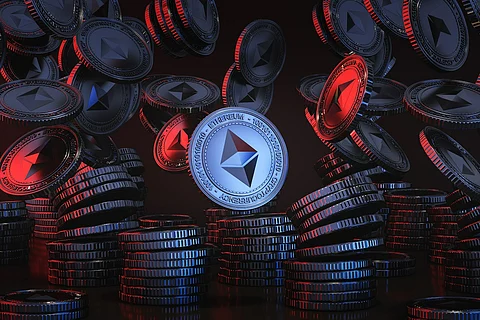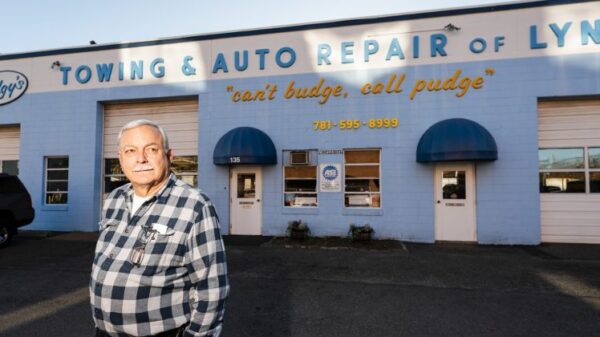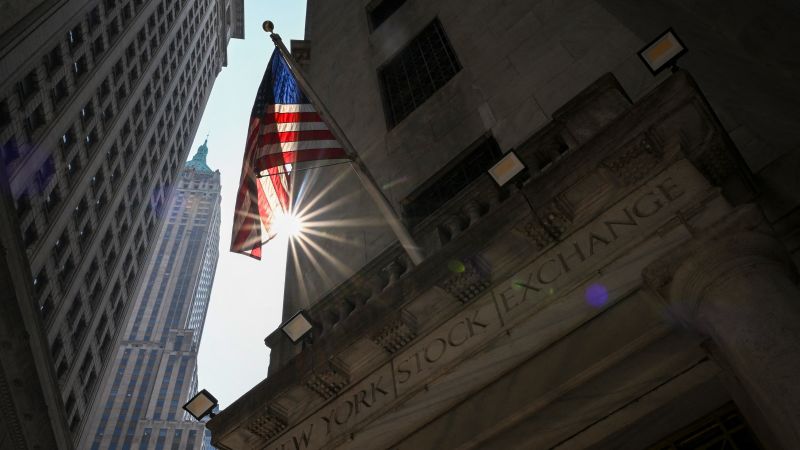UPDATE: Tesla’s stock has surged an astonishing 75% over the past year, reaching near record highs as investors embrace a future steeped in speculation rather than solid fundamentals. This dramatic rise comes despite analysts at Bank of America revealing that the company’s core automotive business now accounts for just 12% of its overall value.
The implications of this financial phenomenon are profound and immediate. With Tesla’s market capitalization soaring to $1.5 trillion, the electric vehicle giant remains the world’s most valuable car company. Investors are increasingly betting on Elon Musk’s ambitious visions for the company, including robotaxis and humanoid robots, which are still in the early stages of development.
This disconnection between stock performance and actual business viability raises urgent questions about the sustainability of such gains. Analysts suggest that 45% of Tesla’s value is tied to its robotaxi project, while 17% hinges on the success of its “full self-driving” software—technologies that have yet to prove themselves commercially. In stark contrast, its core product, electric vehicles, is losing market share to competitors, yet the stock continues to rally.
Despite skepticism from traditional investors who question the rationale behind a stock trading at 200 times earnings, many are choosing to overlook fundamental concerns in favor of potential windfalls. “Sensible investors might argue that the stock is overhyped,” noted industry experts, “but they would also be missing out on significant profits.”
This scenario mirrors the volatile world of cryptocurrency, where skeptics have faced ridicule as Bitcoin prices have surged 700% over five years. Even prominent critics like JPMorgan Chase’s Jamie Dimon have begun to recognize the legitimacy of blockchain technology, declaring it “real” earlier this month.
As Wall Street remains unfazed by bad news, the trend of “buying the dip” has become a mantra among investors. Steve Sosnick, chief strategist at Interactive Brokers, stated, “If investors bought every significant decline, it generally worked out for them.” However, he warned, “Not everyone has unlimited funds to keep investing.”
This raises a critical question: how long can this speculative frenzy continue? As Tesla and cryptocurrency markets thrive on hype, the risk of a sudden downturn looms large. Investors are left to wonder whether they can ride this wave indefinitely, or if the music will stop, leaving them scrambling to adapt.
With the stakes higher than ever, the landscape of investing is shifting. Those willing to gamble on potential rather than proven fundamentals are currently reaping the rewards. However, a cautious approach may ultimately prove wiser in the long run.
Investors and observers alike are urged to stay alert as these developments unfold, keeping a close eye on Tesla’s next moves and the broader implications for the market. The question remains: will the trend continue, or will reality catch up with speculation?







































































